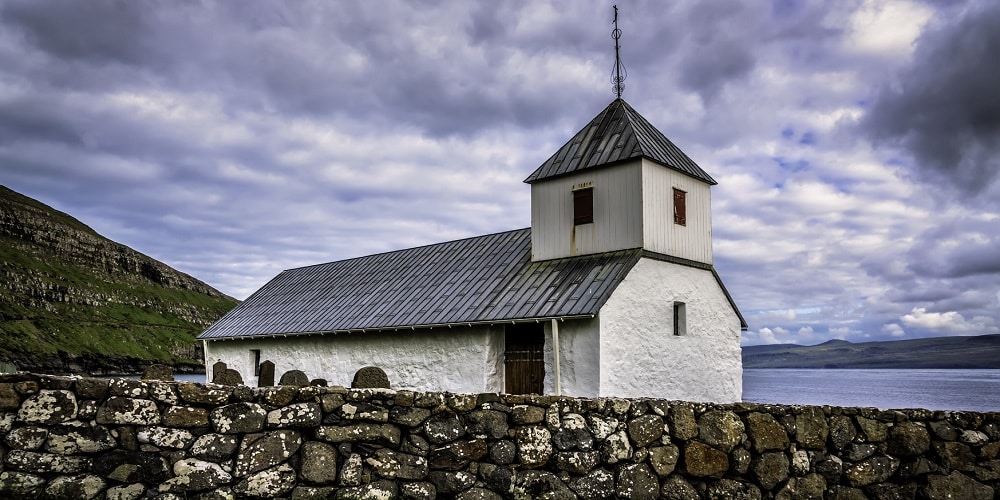Exploring St. Olav’s Eve in the Faroe Islands

St. Olav’s Eve in the Faroe Islands stands as a testament to the rich cultural heritage and traditions deeply rooted in the heart of the Faroese people. Celebrated on July 28, this event precedes St. Olav’s Day, which falls on July 29, marking a significant occasion not only in the Faroe Islands but also in Norway. Rooted in history and steeped in religious significance, St. Olav’s Eve is a vibrant celebration that brings communities together, honoring the legacy of King Olav II Haraldsson, the patron saint of Norway. In this comprehensive exploration, we delve into the historical background, cultural significance, and modern-day celebrations surrounding St. Olav’s Eve in the Faroe Islands.
History of St. Olav’s Eve in the Faroe Islands
The roots of St. Olav’s Eve trace back to the life and legacy of King Olav II Haraldsson, who served as the King of Norway from 1015 to 1028. King Olav, also known as Olaf II, played a pivotal role in shaping the Christian identity of Norway. His efforts to spread Christianity throughout the region left an indelible mark on the cultural and religious landscape of Norway and its surrounding territories. Olav II Haraldsson met his tragic end in the Battle of Stiklastað on July 29, 1030, where he was killed. His martyrdom and subsequent canonization elevated him to the status of a saint, and his feast day, St. Olav’s Day, became a significant event in the Christian calendar. The construction of Nidaros Cathedral over his grave in Trondheim became a focal point for pilgrims, further solidifying his status as a revered figure in Norwegian history.
Significance of St. Olav’s Eve in the Faroe Islands
St. Olav’s Day, known as ‘Ólavsøka’ in the Faroese language, holds immense cultural significance for the people of the Faroe Islands. As the National Day of the Faroe Islands, it serves as a commemoration of their shared history and cultural heritage. The day not only honors King Olav II Haraldsson but also symbolizes the enduring ties between Norway and the Faroe Islands. The festivities surrounding St. Olav’s Eve reflect the unique blend of religious traditions, folklore, and community spirit that characterize Faroese culture. From religious services to colorful parades and traditional performances, St. Olav’s Eve encapsulates the essence of Faroese identity, fostering a sense of unity and pride among its people.
St. Olav’s Eve in the Faroe Islands Celebrations
In contemporary times, St. Olav’s Eve continues to thrive as a cherished cultural celebration in the Faroe Islands. The festivities attract locals and visitors alike, offering a vibrant tapestry of events that blend age-old customs with modern entertainment. One of the highlights of St. Olav’s Eve is the procession through the streets of Tórshavn, the capital of the Faroe Islands. Clad in the colorful Faroese national costume, participants march with pride, symbolizing their connection to the land and its traditions. The parade, accompanied by brass bands and local dignitaries, culminates in the official opening of Lavska, marked by a ceremonial speech that reflects on the significance of the occasion.
Activities: Immersing Yourself in St. Olav’s Eve Celebrations
Visit Norway
Experience the vibrant festivities of St. Olav’s Eve by visiting Norway during the festival season. From colorful parades to traditional performances, Norway offers a plethora of cultural experiences that capture the spirit of the occasion.
Read and Share the Importance of the Holiday
Engage with the rich history and cultural significance of St. Olav’s Eve by sharing its importance with friends and family. Spread awareness about this cherished tradition and encourage others to participate in the celebrations.
Learn about St. Olav
Delve deeper into the life and legacy of St. Olav by conducting research on his canonization as a saint and his contributions to Norwegian history. Gain insights into the religious and historical significance of this revered figure
Frequently Asked Questions
What is the cuisine of the Faroe Islands?
The cuisine of the Faroe Islands is characterized by its reliance on seafood, fermented meat, lamb, and root vegetables. Traditional dishes reflect the island’s maritime heritage and the abundance of natural resources available.
What is the island famous for?
The Faroe Islands are renowned for their commitment to sustainability, particularly in the realm of energy production. With more than half of its electricity sourced from renewable energy, the Faroe Islands serve as a global leader in sustainable practices.
Who owns the Faroe Islands?
Despite being a self-governing nation, the Faroe Islands remain under the external sovereignty of the Kingdom of Denmark. This unique political arrangement affords the Faroese people a degree of autonomy while maintaining ties to the Danish crown.
St. Olav’s Eve in the Faroe Islands stands as a celebration of tradition, unity, and cultural heritage. From its historical roots to its modern-day festivities, this cherished holiday continues to captivate the hearts and minds of the Faroese people, serving as a testament to their enduring spirit and resilience. As we look to the future, may St. Olav’s Eve serve as a reminder of the importance of preserving our shared heritage and embracing the values that unite us as a community.
Observer Voice is the one stop site for National, International news, Sports, Editor’s Choice, Art/culture contents, Quotes and much more. We also cover historical contents. Historical contents includes World History, Indian History, and what happened today. The website also covers Entertainment across the India and World.

